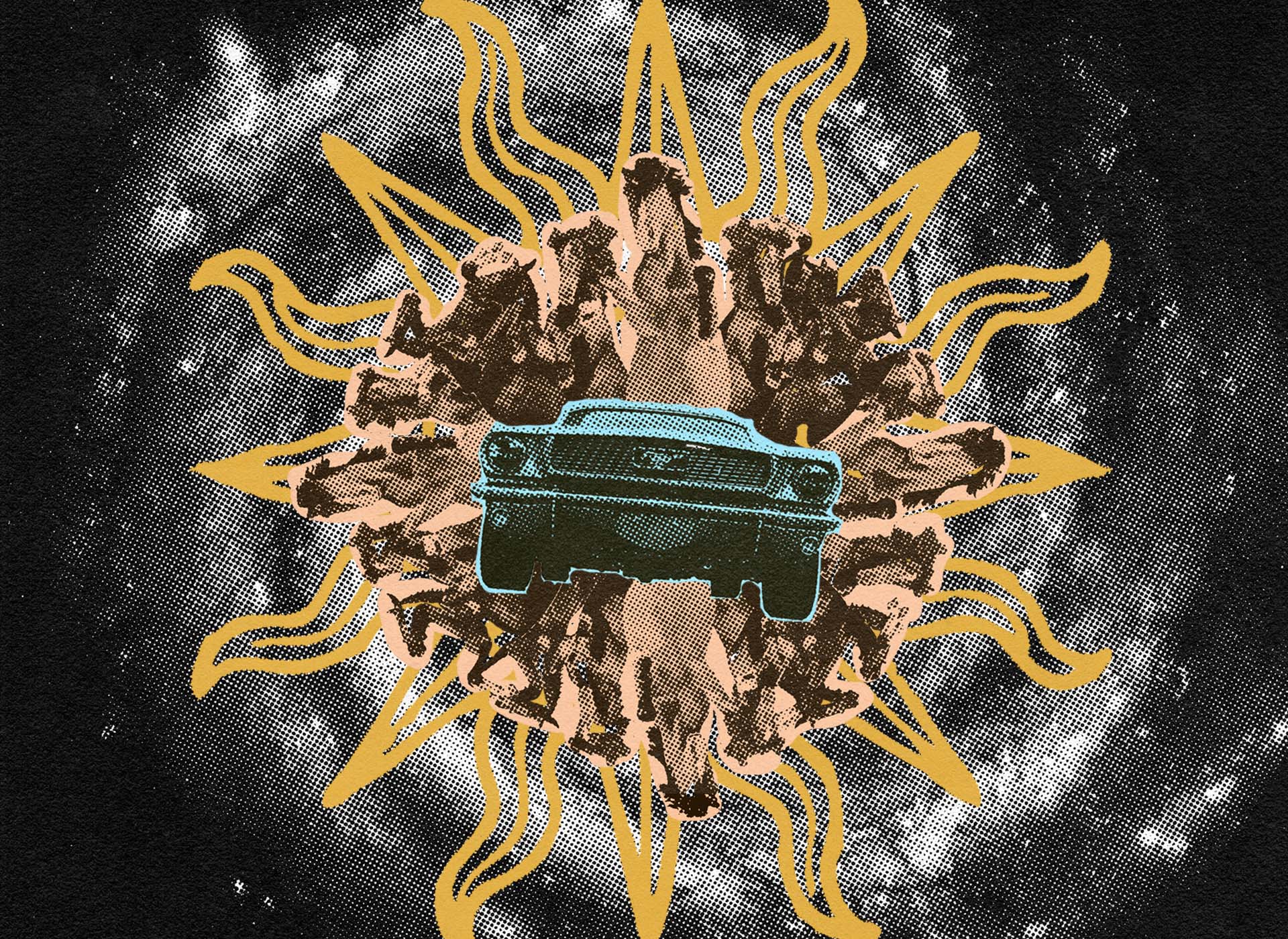
Fall in Love With Your Car
We take our cars for granted and this is a mistake...
A small subset of the sustainability coalition crows on endlessly about the importance of building "car-free communities" to combat climate change. Were it not for the overly moralistic language, you'd probably be inclined to agree with some of what these activists want. Neighborhoods primarily oriented around pedestrians and not cars come with many benefits aside from reducing the amount of carbon produced. It's how we lived for most of human history prior to the automobile which has brought with it unrestrained mobility.
For centuries prior to the automobile exploding in popularity after WWII, communities across the globe centered on walkable access to basic utilities and services out of necessity. Walkable areas, though more rigid in terms of access to and from them, engendered community and commonality in ways that a car-centric town or city simply cannot. Faced with fewer options and deprived of private access to a climate-controlled automobile with radio and the power of hundreds of horses at their feet to traverse distances once unfathomable in a single bound, face-to-face interaction between neighbors was more frequent and necessary. The car, in comparison, afforded its operators privacy on a level only experienced by the very wealthy with their private stagecoaches and walled estates. The cheap availability of the car gave the regular man access to the most desirable of luxury goods: privacy, silence, and mobility.
In the US, following the economic boom of WWII and the rapid adoption of the automobile as the primary means of transportation, Dwight D. Eisenhower laid down a latticework of interstates and highways cutting through once walkable neighborhoods, officially heralding the primacy of the car over every other mode of transport.
In the 50s and 60s, cars became symbols of freedom and mobility — carriages for the bleeding heart, wanderlust-filled citizens of these Great States looking to indulge their curiosity and widen their horizons. Idyllic images of Mustangs overflowing with surfboards and movies like Easy Rider and Thelma & Louise codified the excitement and danger of ripping across the country with a motley crew to explore the wide-open spaces of the American West. Where before settlers of the US ventured West in search of a better life, the Automobile American sought enlightenment, thrills, and the sense of unbounded space that a car afforded him, crossing state lines in a few hours and meditating on the purr of an internal combustion engine — one of the modern world's most powerful symbols of liberty and prosperity.
In many ways, the US — with its interstates and car primacy — functions much like something out of an old Western movie. The highway, like the central road marking nearly every Western town in a film, pours travelers into the bowels of metropolitan areas, cutting a wide swath through the center of the town and funneling travelers towards any number of pleasurable reprieves. Travelers scan highway exit signs looking for food and other attractions to satiate their thirst for something exotic on their detour. Mobility is the rule, not the exception, and our waking life reflects our comfort mingling in and out of gas stations, bars, restaurants, and stores with strangers we will more than likely never see again much like the stranger riding into town on the black horse and blowing down the saloon doors, drawing the leery gaze of the patrons.
But, as the car has become the de rigueur mode of transport and people take them for granted, the vehicle has lost its luster. We view them as Point A to Point B nuisances that ferry us from home to work and back. We sit idly in traffic with no other option but to do so. When free time surfaces and the opportunity to drive far afield emerges, the same car that dutifully fulfills your basic functions sits there like a rusty hammer totally absent of whatever radiance it once had — dependable, on the one hand, boring on the other.
The car is a vital machine that we should embrace. We should not sit idly by and let it become undignified. Electric vehicles, sold to you as "sustainable", come at the expense of mobility and freedom, tethered as they are to charging stations. Gasoline, on the other hand, can fit in a bucket. You can fill a milk jug full of gasoline and replenish a thirsting car on the side of the highway. A Tesla, on the other hand, may take hours to refill and is subject to the vagaries of our increasingly fickle power grid.
This is a call to arms to re-engage the automobile with the same wonder and fervor as our forebears once did. In America, the car-centric city is a reality of life. Much as we may like to complain about the traffic and the lack of convenience in getting to the grocery store, these are cold hard facts of life. We are, for better or worse, like our frontier brethren, sequestered to estates and homes, riding into town to get food, drink, and entertainment only to retreat back to our enclaves to rest and relax. When riding into town, you can choose to do so with pride. A car that reflects this attitude is the only way to re-engage the automobile in a way that gives you pleasure. This writer drives a $3,000 Mazda Miata around town like a go-kart to commune with the ancient art of driving. Anything will do really, so long as it jostles you awake from vehicular anathema.
